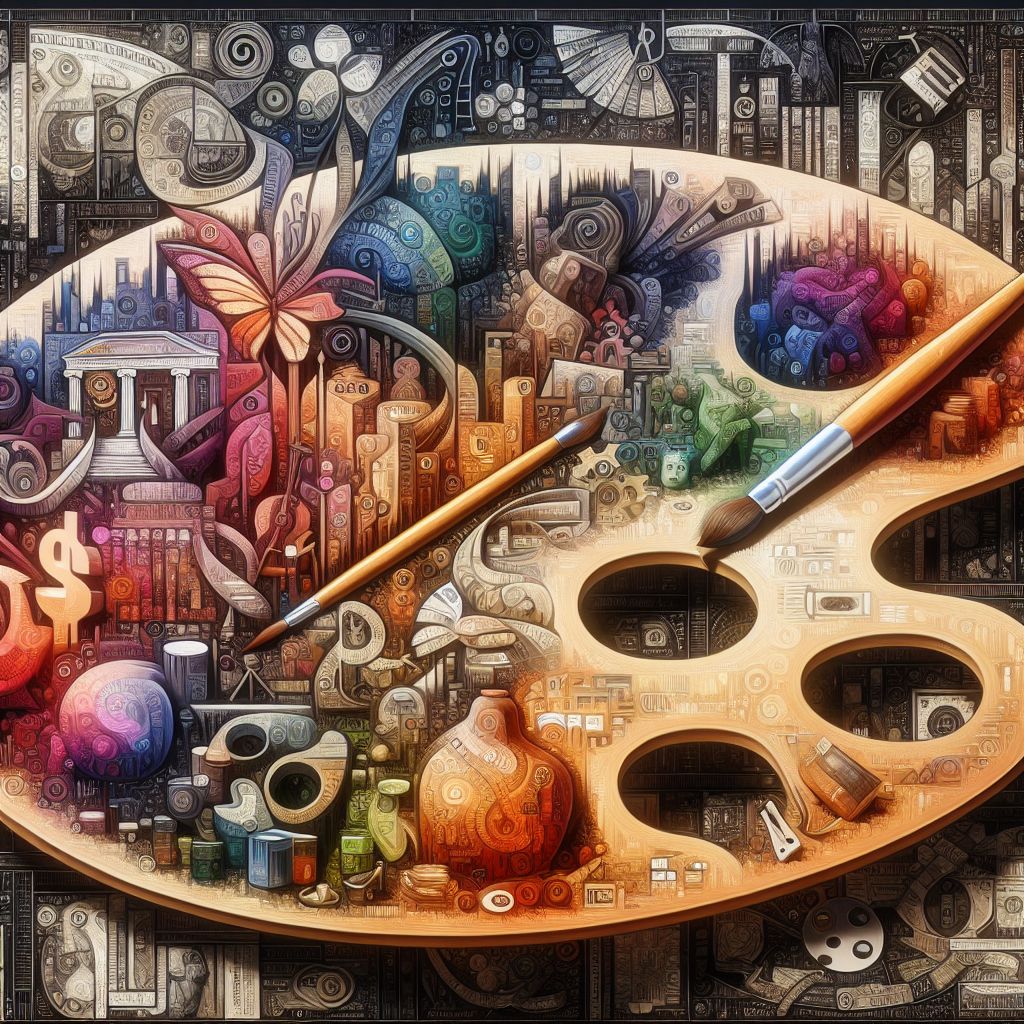
The Metropolitan Museum of Art's latest exhibition showcases Lorna Simpson's decade-spanning foray into painting, an artistic journey that prompts us to question the intersection of cultural value and financial speculation in the art world. While the Met celebrates Simpson's rich narratives and textured technique, the underlying market forces at play suggest a deeper conversation about how art's worth is measured beyond the gallery walls.
Lorna Simpson's work has always been an evocative blend of imagery and text, challenging viewers to reconsider narratives around identity and history. Her leap into painting over the past decade, now being celebrated at the Met, has further cemented her as a pivotal voice in contemporary art [1]. However, this celebration occurs in tandem with an art market that increasingly prioritizes investment potential over cultural resonance. The rise of financial speculation in art is not a new phenomenon, but its current scale is unprecedented.
Paintings are now traded like stocks, with collectors eyeing future returns as much as aesthetic value. This speculative fervor can overshadow what Simpson's work fundamentally represents: a deeply personal exploration of memory and cultural identity. Her paintings, rich with layers and symbolism, demand engagement beyond fiscal appraisal. Contrast this with the hype surrounding more commercial exhibitions such as the Pokémon fossilized display slated for 2026 [2].
While undoubtedly a cultural event, its primary allure lies in its brand power and broad marketability. This highlights a worrying trend: art valued primarily for its economic potential risks relegating nuanced, challenging work to the sidelines. Simpson's paintings, however, remain steadfast in their purpose. They invite viewers to dwell on complex themes—race, gender, perception—rendered in lush, evocative brushstrokes.
In this lies their true value, one not easily quantified by the metrics of market speculation but crucial for societal introspection and growth. To align market value with cultural enrichment, the art world must innovate mechanisms that prioritize public sharing and discourse. Museums and galleries could adopt models similar to public libraries, where art is loaned extensively for educational purposes, thus augmenting accessibility and engagement. Digital platforms could also play a role, democratizing art by providing virtual access to collections, much like the CSS Painting API is democratizing the creation of digital artworks [3].
Furthermore, patronage models must evolve. Support for artists should not be solely contingent on market performance but should recognize the societal contributions of their work. Institutions could establish endowments that support artists in developing projects that engage with pressing contemporary issues, thereby ensuring that art continues to reflect and challenge societal norms. In Lorna Simpson's work, we see a beacon for how creativity might steer future generations.
Her ability to weave complex narratives into her paintings underscores the potential for art to expand our empathy and understanding. As the art world grapples with the dual pressures of market dynamics and cultural responsibility, Simpson's exhibition serves as a reminder: art's true power lies in its capacity to provoke thought, inspire change, and enrich public conversation.
Sources
- Lorna Simpson's Decade of Painting Gets a Met Spotlight (HYPEBEAST, 2025-05-21T21:33:21Z)
- ‘Pokémon’ Is Bringing Its Fossilized Exhibition to the United States in 2026 (Gizmodo.com, 2025-05-17T20:15:25Z)
- CSS Painting API (Mozilla.org, 2025-05-26T20:59:06Z)























































